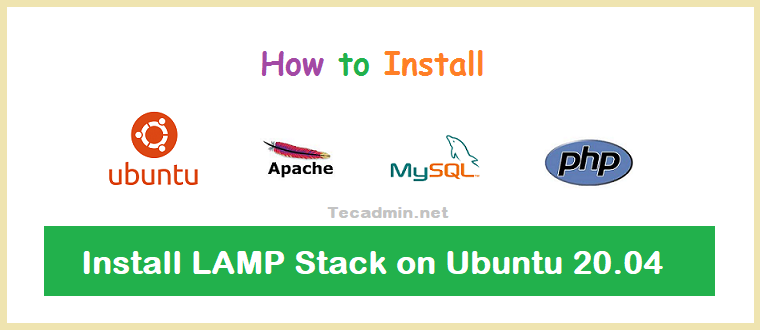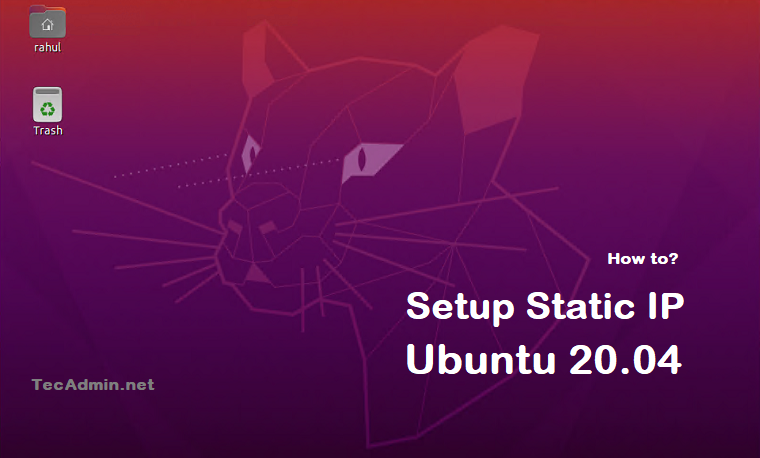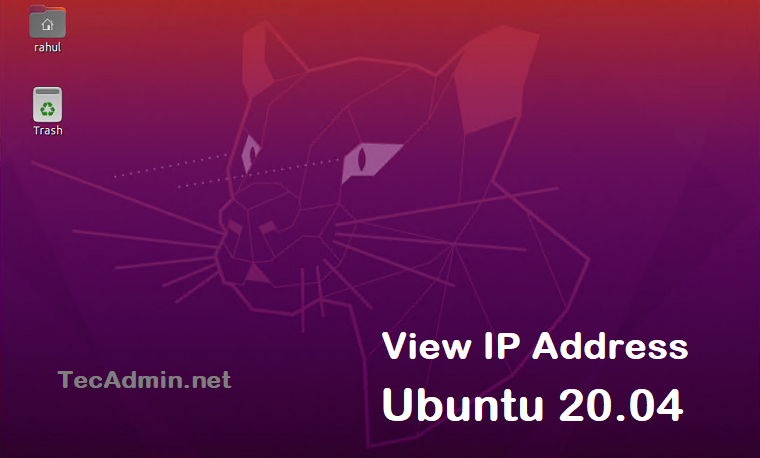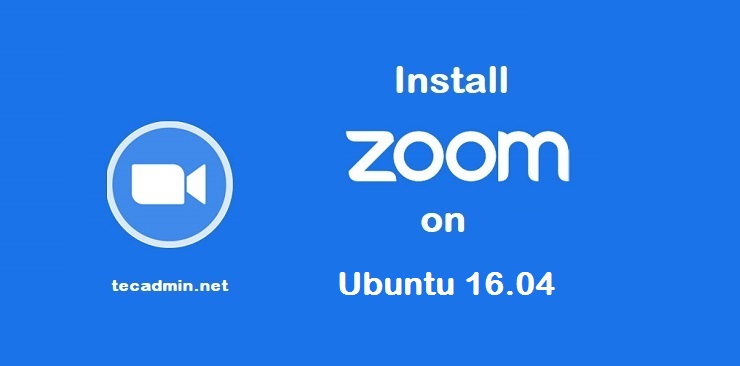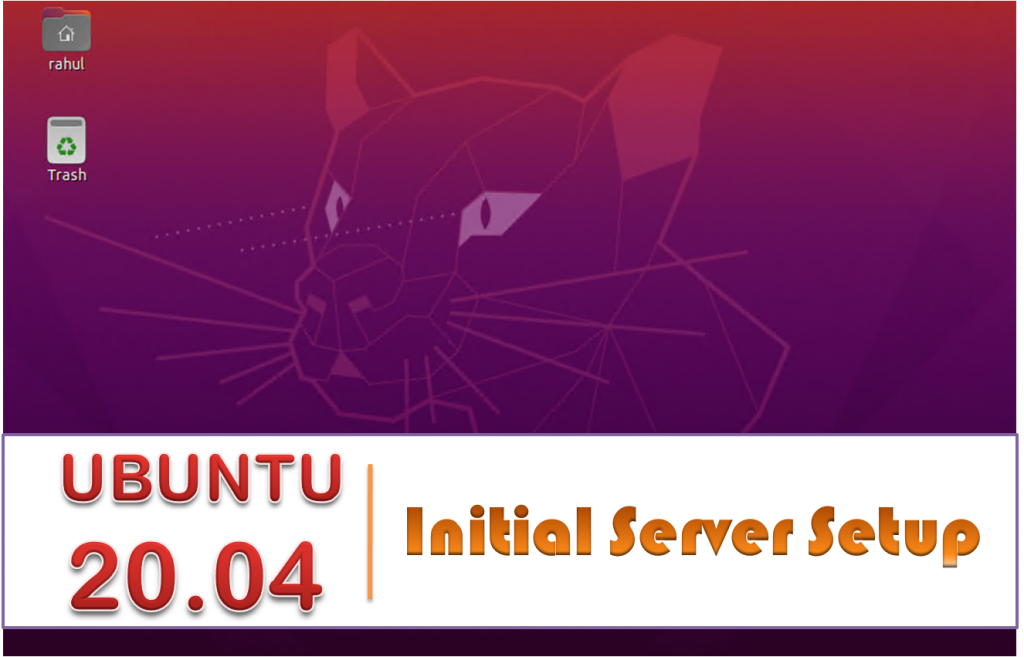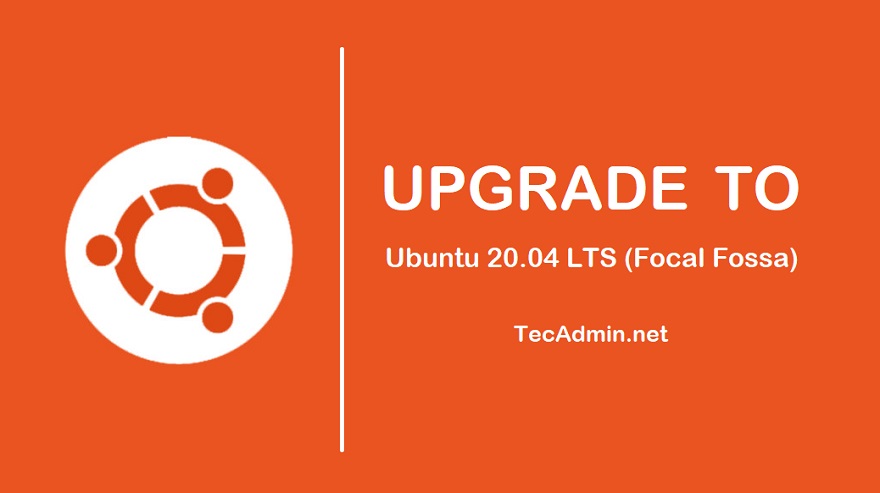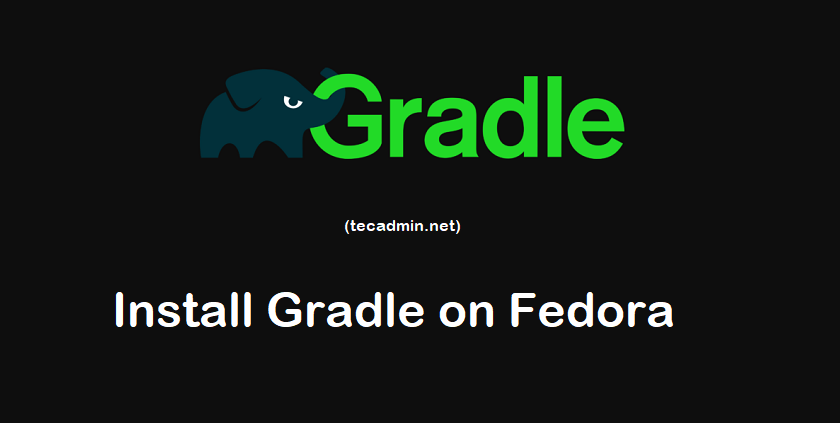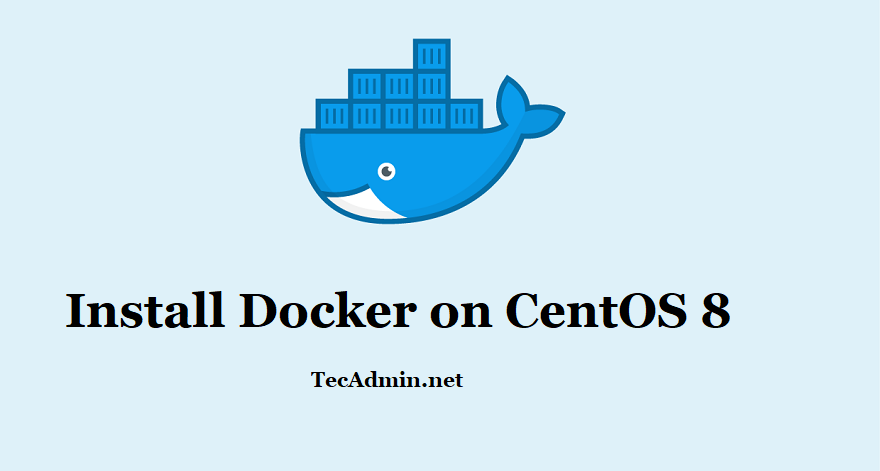A combination of Linux, Apache, MySQL, and PHP is known as LAMP stack is the popular web hosting environment for the PHP based application. Here Linux is an operating system, Apache is the popular web server developed by Apache Foundation, MySQL is relational database management system used for storing data and PHP is the widely used programming language. This article will help you to Install Apache 2.4, MySQL 8.0 and PHP 7.4 on Ubuntu 20.04 LTS (Focal Fossa) system. Let’s begin the installation of LAMP stack your Ubuntu machine. Prerequisites You must have root or sudo privileged user access to…
Author: Rahul
Question – How do I set a static IP Address on Ubuntu 20.04 LTS Desktop systems? Steps to set the static IP address on your Ubuntu Desktop system Ubuntu 20.04 systems uses netplan from the previous LTS system. The desktop systems provide an attractive graphical user interface to work with it. Using the GUI, you can easily change or set a static IP address on your Ubuntu system. Set A Static IP on Ubuntu 20.04 You must have a root or sudo privileged account in the Ubuntu system. Login to your Ubuntu 20.04 Desktop system. After that open settings on…
Question – How to find local IP Address of my Ubuntu desktop system? 2 Ways to find IP Address on Ubuntu 20.04 Desktop operating system? Ubuntu 20.04 LTS (Focal Fossa) desktop provides an attractive GUI interface to work with it. You can either use the command prompt to check the current IP address on your system or use a GUI option to view the local IP address on your system. Follow this tutorial to setup a new IP address on Ubuntu 20.04 desktop system. Method 1 – Ubuntu 20.04 Check IP via GUI Login to your Ubuntu Desktop system. Then…
The Zoom client application allows you to join meeting without sign in to the application. To start a new meeting, you would required to login to the application. Visit zoom.us to create account. This tutorial will help you to install Zoom client on your Ubuntu 16.04 Desktop system. Prerequisites You must have Ubuntu Desktop access to run Zoom client on your system. This tutorial uses Snap packages to install Zoom application on Ubuntu 16.04 system. So, you must have install Snapd service on your system. Run the following commands to install Snapd service on your system: sudo apt update sudo…
In this tutorial, we are assuming that you already have fresh installed Ubuntu Ubuntu 20.04 LTS (Focal Fossa) server. We recommend using the LTS version of Ubuntu for your servers like Ubuntu 20.04 LTS (Focal Fossa). Now after installing the Ubuntu server 20.04 server, proceed for the post-installation steps on your server. This tutorial includes steps that are useful for configuring for a server to apply basic security to the server. Follow the below steps. 1. Upgrade Your System First of all, log in to the Ubuntu 20.04 system via the system terminal. Now, execute the following commands to update…
Ubuntu 20.04 LTS (Focal Fossa) has been released on Apr 23, 2020. This version will be supported till 2025. The Ubuntu operating systems provides two types of releases Standard release and Long Term Support (LTS) release. Ubuntu provides support for standard releases for approx 1 year while Long Term Support is useful for approx 5 years. This tutorial will help you to Upgrade Ubuntu 18.04 LTS to Ubuntu 20.04 LTS via command line. Whome to Upgrade? The Ubuntu desktop users can upgrade to the latest version immediately. But the Ubuntu server users, especially the production server recommended waiting for a…
Gradle is an open-source build tool for the automation of applications. The Gradle helps developers team to build, automate and deliver software easier and faster. This tutorial will help you to install Gradle on CentOS 8 and RHEL 8 Linux system. You may like: How to Install Apache Maven on CentOS 8 Prerequisites The Gradle requires Java 8 or higher version installed on system. Generally CentOS system have default installed Java version on it. to run Java 8 or higher version. Make sure you have java installed on your CentOS and RHEL 6 system or use following command to install…
Gradle is a powerful build tool that supports multiple popular programming languages and technologies. It is also an official build tool for Android. Gradle is a highly customized and extensible tool in most fundamental ways. It is an open-source build tool for the automation of applications. This tutorial will help you to install Gradle on Fedora 36/35/34/33/32 operating system. How to Install Maven on Fedora Prerequisites The Gradle requires Java 8 or higher version installed on the system. Generally, the Fedora system has a default installed Java version on it. to run Java 8 or higher version. You can use…
What is Shell? Shell is a command interpreter or a program that reads and interprets commands issued to it by the user. The shell performs basic commands such as running programs, inputting text, and printing output. It is also responsible for handling errors and other situations that require user intervention. A shell can be used to automate existing tasks or to create new ones entirely. The shell provides a common interface to a number of tools in the system. For example, if the shell needs to perform an action that requires a system command, it will search for the command…
Docker is an OS level virtualization platform used for container-based application. Which wrap of a specific application with all its dependencies in a container. Docker containers can easily ship to a remote location on start there without making entire application setup. This tutorial will help you to install and manage Docker community edition on CentOS/RHEL 8 Linux system. Step 1 – Enable Docker Repository First of all, add the official Docker yum repository on your CentOS 8 system. sudo dnf config-manager –add-repo=https://download.docker.com/linux/centos/docker-ce.repo Step 2 – Install Docker on CentOS 8 After adding the yum repository to your CentOS system, update…

